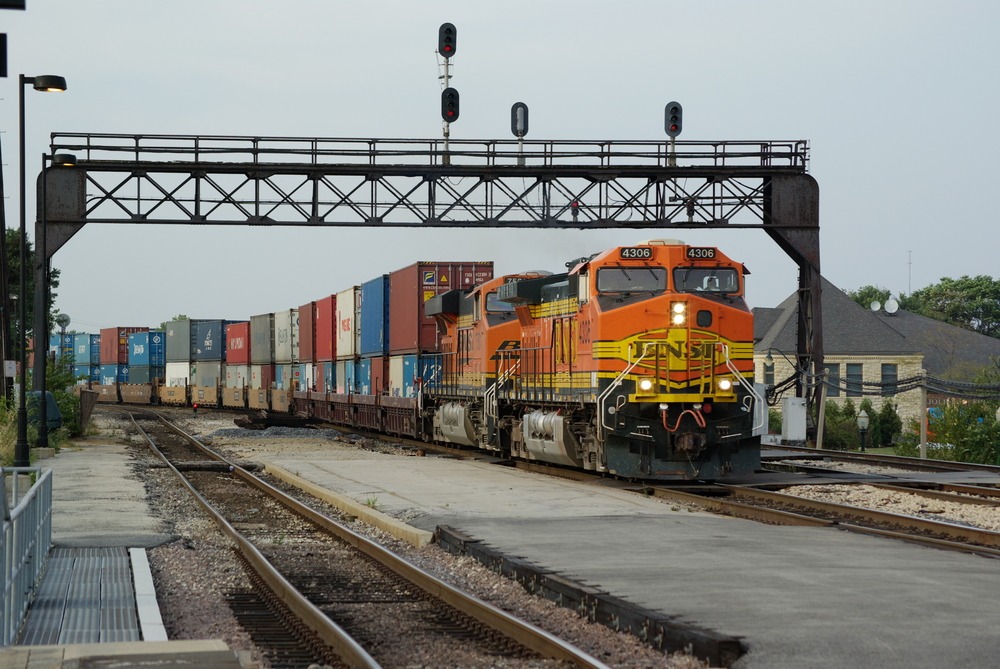
Despite an increase in the amount of federal dollars devoted to railroad systems in the fiscal year 2018 spending plan for the federal government, stakeholders in the rail systems say it’s not enough to adequately repair aging systems across the country.
Throughout the April 11 U.S. House Appropriations Subcommittee on Transportation, Housing and Urban Development and Related Agencies hearing on rail safety and infrastructure, stakeholders told the panel that the increase in funding over the FY 2017 spending plan was helpful, but not even close to what was needed to bring the nation’s rail system to a state of good repair.
According to Rep. Mario Diaz-Balart (R-FL), the omnibus spending bill allocated $3.1 billion to the Federal Railroad Administration, an increase of more than $1.2 billion from FY 2017. The allocation was part of more than $70 billion directed to transportation in the FY 2018 spending plan.
But billions more is needed, according to hearing witnesses, in order to bring the railroad system and infrastructure up to modern standards.
John Fry, president of Drexel University, speaking on behalf of the Northeast Corridor Coalition, said it would take more than $50 billion to bring its rail systems up to a state of good repair. And James Derwinski, the CEO and executive director for Metra Commuter Railroad in Chicago, said it would cost $1 billion a year for several years to bring the aging rail systems in that area to a state of good repair.
“We operate 1,100 pieces of equipment that pre-date Metra,” Derwinski said, noting that Metra has grown to be the largest commuter railroad in the country based on track miles. “Of the 822 bridges that we cover … half are over a century old. The oldest bridges that we pass over today date back to Grover Cleveland’s days in 1896.”
Derwinski said its locomotives have an average age of more than 20 years, but that some of its commuter cars were from the Eisenhower years.
Stephen Gardner, executive vice president of Amtrak, said that some of the systems that Amtrak travels over were built in the 1800s, like the Newkirk Viaduct near Philadelphia, first built in the 1830s, and the Baltimore and Potomac Tunnel, which opened in 1873.
“There is a huge backlog of expense in bringing these assets to a state of good repair, and every year that we defer the cost and push out those repairs, the costs grow,” Gardner said. “Between all of the owners of the various systems, we have a huge requirement to keep this incredible asset in service. We’ve done so much. And we’ve doubled the number of travelers. But the need for greater service reliability and capacity is apparent.”
Ignoring those repairs would not only cost money, but put the United States in a critical economic position should any of those systems fail.
In the Northeast Corridor, Fry said, a failure of any part of the railroad system could lead to an economic crisis.
“The Northeast Corridor accounts for 30 percent of all American jobs,” Fry said. “Seven million jobs are located within five miles of a rail system. The crumbling Northeast Corridor is simply an economic crisis waiting to happen. Work must be done before a catastrophe occurs.”
Along with that, the different railroad systems are forced to use federal funds to meet the Dec. 31, 2018 deadline for the implementation of Positive Train Control systems (PTC), required by law, that would increase safety on the railroads. PTC is a nationwide system of technologies that relays information such as speed limits, train movement, switch positions and other operational data.
Gardner said that while Amtrak was sure it would meet the deadline in implementing PTC, many other railroad systems may not.
“We have an absolute dedication to getting PTC by the end of the year,” he said. “We owe it to our passengers and employees to have a single level of safety. For those who don’t meet the PTC deadline, and there will be a few, we are prepared to cease service on them. PTC is a part of the modern rail network, and we have to be able to ensure the safety of our passengers and employees in that regard.”
Ed Hamberger, president and CEO of the Association of American Railroads, said the issue was making sure all of the different railroad systems were able to communicate with one another.
“The one remaining challenge is interoperability,” Hamberger said. “Each railroad has different IT systems, different locomotives, and they all have to work together… The technical challenge to make sure interoperability works is to test it in the lab, and then do field testing to make sure communications between those systems can occur.”
Rep. David Price (D-NC) asked what would happen to smaller systems, or state systems, such as in North Carolina, in the event they were not able to implement PTC by the deadline.
Gardner said state partners would have to get up to speed.
“We have a subset of state partners that have their own rolling stock and that need to receive hardware and software to make them compatible with PTC systems,” he said. “At the basic level, equipment owners need to install the equipment, and then that equipment needs to be tested and certified in those instances, if we’re going to use the systems on the host’s rail side.”
But Rep. Pete Aguilar (D-CA) asked what would happen to systems that were exempt from becoming PTC compliant, or had been given an exemption on meeting the end of the year deadline.
Gardner said Amtrak would be looking at those systems to do a risk analysis to determine the safest course of action to take on those routes.
“In cases, where a carrier has not qualified for an extension, we will not be able to operate on them,” Gardner said. “But in those areas where they have received exemptions, we will have to work and see what the safest course is.”